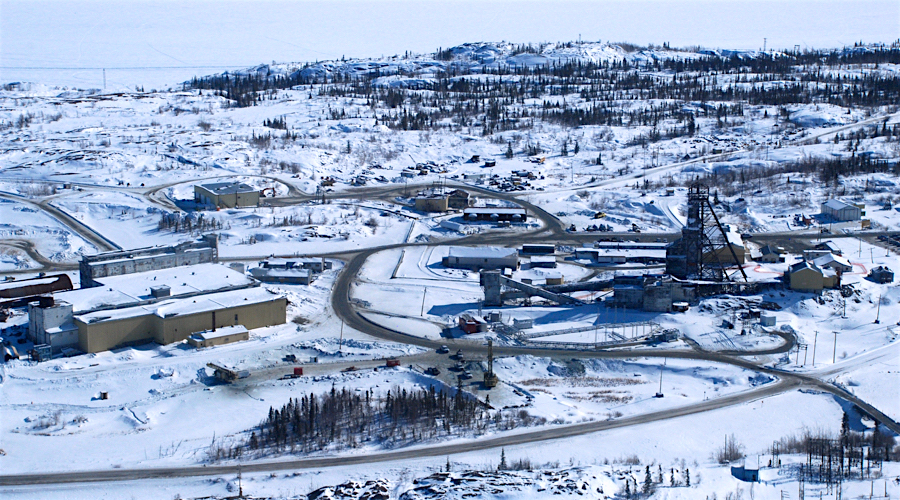
More than 20,000 tonnes of toxic arsenic trioxide released from the now-shut Giant gold mine just outside Yellowknife, in Canada’s Northwest Territories, wiped out entire populations of algae and invertebrates animals from a lake nearby, a new study published this week shows.
According to the paper by Queen’s University researcher John Smol and his colleagues at the University of Ottawa, Joshua Thienpont and Jules Blais, a number of “key species” living in and around Pocket Lake were affected by contamination from the mine during and after its lifetime.
“Our results show that arsenic contamination increased by over 1,700% when the mine was fully active in the 1960s,” Blais, professor of biology and environmental toxicology at the University of Ottawa, who directed the research effort, said in a statement.
The team is trying to understand why the ecosystem has not yet recovered over ten years after the closure of the gold mine.
“Other elements, including lead, antimony and mercury were also responsible for the toxicity of these roaster emissions from the Giant Mine,” he adds.
The team is now trying to understand why the ecosystem has not yet recovered over ten years after the closure of the mine, which produced more than seven million ounces of gold between 1948 and 2004.
“Contaminant levels, while still quite high, have significantly decreased since the peak of contamination, but the biology has not responded,” notes Jennifer Korosi, assistant professor in geography at York University. “We are very interested in why that is,” she says.
In April, the same group of researchers detected unexpectedly high and even dangerous levels of arsenic and mercury in lakes within a 20-km radius of Yellowknife.
That and other similar findings prompted The Northwest Territories’ chief public health officer to issue an arsenic warning for a few of the city’s lakes shortly after.
The toxic legacy of the Giant Mine has been known for quite some time and it even inspired the documentary Shadow of A Giant by Saskatchewan filmmaker Clark Ferguson, and it was also addressed in the 1996 CBC Television’s movie Giant Mine.
The research published this week appeared in Proceedings, a biology journal by The Royal Society.
Comments
Mark Harder
What is the chemistry of the Giant mine? The presence of arsenic roaster (smelter?) wastes suggests that arsenides were present in the ores. Or, is it native arsenic? Either way, I haven’t yet heard of an ore deposit model that included significant quantities of arsenic.